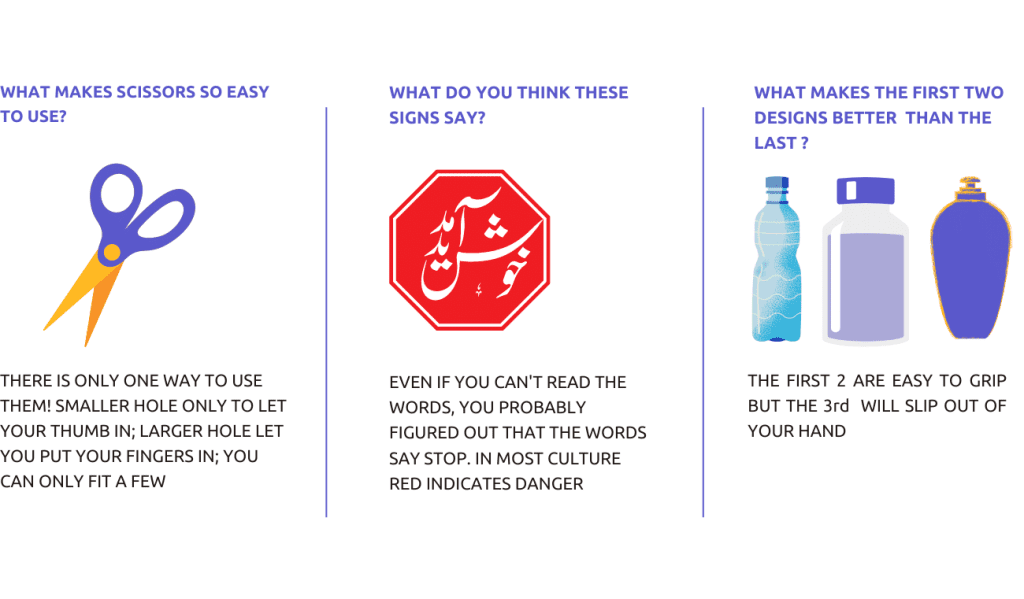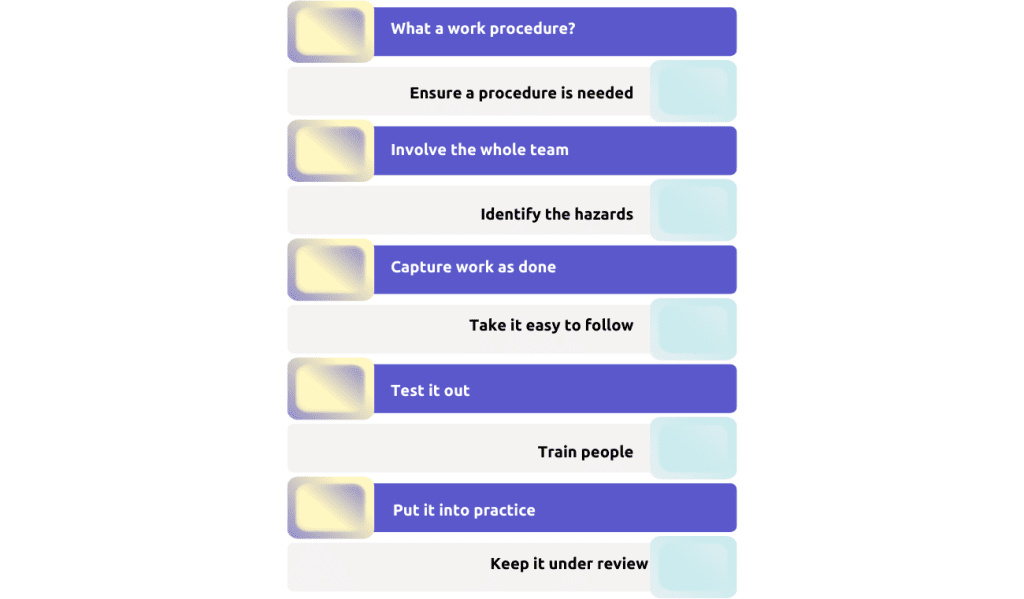Designing for Patient Safety
Read the Magazine in PDF
Abstract
It is important to understand the significance of designing for patient safety in the context of human factors in healthcare design. It covers fundamental design principles, collaborative design methods, and the problem-solving approach of systems thinking. This introduces various tools used in systems thinking to develop local work systems that promote patient safety and staff well-being. The negative consequences of inadequate healthcare design and the lack of attention given to human factors thinking and approaches to patient safety are also emphasized. The article concludes with a call to upgrade safety thinking and techniques to create care systems that more effectively support performance.
Introduction
It is important to understand the significance of designing for patient safety in the context of human factors in healthcare design. It covers fundamental design principles, collaborative design methods, and the problem-solving approach of systems thinking. This introduces various tools used in systems thinking to develop local work systems that promote patient safety and staff well-being. The negative consequences of inadequate healthcare design and the lack of attention given to human factors thinking and approaches to patient safety are also emphasized. The article concludes with a call to upgrade safety thinking and techniques to create care systems that more effectively support performance.
Patient safety is a priority in healthcare, and the human factors discipline potentially plays a crucial role in designing safe and efficient systems. Human-centred design principles, considering stakeholders’ capabilities and needs, are essential. While other high-risk industries embrace the human factors approach, healthcare lags in integrating key principles and methods into practice. A systematic approach is needed to improve patient safety and well-being by embedding human factors principles in healthcare systems. Professor James Reason’s statement underscores the importance of designing work systems to accommodate the capabilities of people, not altering behaviours. Sub-optimal healthcare design can lead to safety incidents and workforce dissatisfaction. Human-centred design can help prevent these issues and enhance overall healthcare outcomes.
Definition of Human Factors/Ergonomics
Human factors (ergonomics) focus on human-system interactions to design error-minimizing systems, prioritizing well-being and system performance, including patient safety and efficiency. It distinguishes itself from other approaches with a systems perspective, a design-driven focus on people’s characteristics, and joint optimization of well-being and performance.

Human factors specialists are crucial in high-risk industries but are underutilized in healthcare. Progress is needed in integrating human factors experts to improve safety and design in healthcare. Although research supports its effectiveness, implementation in clinical practice lags behind scholarly advancements. Prioritizing human factors can impact various fields and contribute to enhanced safety & performance.
Consequences of bad design
Design flaws, from confusing shower controls to complex microwaves, result from neglecting human-centred principles. In hospitals, poorly designed items like medical devices and digital IT systems can jeopardize patient safety. In healthcare, inadequate designs of equipment and workspaces can lead to patient harm or fatalities. Well-designed items, like user-friendly scissors and universally recognized warning signs, showcase the importance of human-centred design. Simplified remote controls accommodate diverse users, particularly those over 45 who may require glasses. Prioritizing human-centred design in all aspects of life can enhance usability, safety, and overall user experience.
What is the impact of bad design in healthcare?
In the United Kingdom, it is believed that inadequate design results in a few hundred unnecessary deaths each week in the National Health Service (NHS). These fatalities could have been prevented if human factors principles were considered during the design and procurement stages. Poor design has resulted in ambiguous designs, such as adrenaline pens that are utilized upside down, causing individuals to inject themselves instead of the intended patient. These problems are not limited to the United Kingdom and are likely to occur worldwide. Key design principles, like inclusivity and a systems approach, are essential for improving lives. Inclusivity considers factors such as gender, age, and size. A systems approach involves end-users, accounting for their abilities and preferences in design. By making it easy to do right and challenging to do wrong, designs foster inclusivity and collaboration. Adopting a systems approach considers multiple factors, like tasks, environment, technology, interactions, and policies. Neglecting design can lead to safety and efficiency issues, as seen in emergency departments that focus on meeting triage requirements while compromising other aspects. For further knowledge, “The Design of Everyday Things” by Don Norman is a recommended resource.
Funding for the program comes from government, professional groups, and charities. It operates nationally and locally. National audits target broad improvement areas, while local audits address specific organizational needs.
How national clinical audits work

Designing for patient safety: Practical Tips and Tools
In Scotland, the Systems Engineering Initiative for Patient Safety (SEIPS) framework influences patient safety learning and improvement activity. This flexible framework emphasizes a systems approach, encompassing various elements in healthcare. The SEIPS framework aids in understanding issues that contribute to patient safety incidents and workforce well-being challenges. A practical worksheet supports dynamic risk assessments, team learning, protocol development.
It includes performance influencing factors and prompts for systematic thinking about safety incidents. The worksheet’s versatility makes it a valuable tool for improving care system designs and addressing everyday challenges. The original sources are available for sharing and adaptation.
Safety Culture and Systems Thinking for Everyday Work
Several useful resources are available, such as the Safety Culture Discussion Cards, which are widely used in North America and the UK.
These cards can be downloaded in PDF format and modified or translated as needed because they are in the public domain. They are flexible and can be used for short briefings or more extended workshops, and they are designed to help care, teams, consider safety-related issues. The cards introduce the concept of safety culture and the different domains that influence it. There is also a smaller set of cards for a systems thinking tool that can be used for improvement purposes.
User-centred design for safety procedures
In safety procedures like checklists and guidelines, prioritizing the human user is crucial. Research shows their impact on most safety incidents. However, healthcare lacks proficiency in developing and implementing user-friendly and effective procedures. Our guidance provides care teams and organizations with principles and detailed directions to improve the design of work procedures, enhancing safety and usability.

Capturing organizational learning
Again, one can use a systems-focused strategy to acquire knowledge within the organization. By doing so, one can learn not only from the failures but also from their accomplishments. The available tools provide instructions on how to execute this approach and evaluate its effectiveness.
Teaching human factors
The concept of human factors in healthcare is not well understood, and there are many misconceptions about its application. To address this issue, a guide has been developed for medical and clinical educators to teach the basic principles and methods of human factors in healthcare education and training. The goal of this guide is to improve patient safety by enhancing the design of healthcare education and training
Designing how we learn from Patient Safety Incidents
Learning from safety incidents in healthcare requires adopting a systems thinking mindset that facilitates more meaningful understanding and improvement. The complexity of healthcare demands updated concepts and tools, as traditional approaches may be inadequate. Assigning blame is common but hinders progress. To improve safety, multiple perspectives should be sought, acknowledging that errors are commonplace and result from system interactions. Root cause analysis falls short in highly complex healthcare systems, where safety emerges from interactions between elements.
Emphasizing system thinking and learning from incidents without blaming is crucial for enhancing safety in healthcare.
Conclusion
Human factors play a vital role in patient safety by optimizing well-being and system performance. The workforce and patient safety are interconnected and should not be separated. Adopting a systems approach, considering people’s characteristics and preferences is essential. Poor design can lead to harm or fatalities, highlighting the need for human-centered design principles. Human factors specialists are crucial in healthcare and other high-risk industries. Embedding them in clinical practice is essential for enhancing safety and improvement.
FAQs
Q.What was the team’s approach to development, and what was the starting point for their design?
A. The team’s development approach started with ergonomics, employing the science of all aspects of human work. Their design was focused on good design principles, with examples of bad and good design presented.
Q. Can you clarify the difference between root cause analysis and incident analysis?
A. In highly complex situations, root cause analysis may not be effective, and it is recommended that a holistic system-centred incident analysis may be more effective. Root cause analysis looks for a single cause-and-effect relationship, while incident analysis looks at the overall system and multiple factors contributing to an incident.
Author
-

Programme Director, Quality and Improvement, NHS Education, Scotland



